Resources
Weeds are one of the most common ailments affecting lawns and gardens. Weeds are troublesome plants that compete with desirable species for nutrients, water, and light. They can quickly take over an area and reduce the beauty of a landscape if left unchecked. Knowing how to recognize different weeds is a key part of taking proper care of your greenspace.
Farison Lawn Care is here to help you understand the different types of weeds, why they can be a problem, and how to identify them so that you can take control of your lawn or garden.
Family
Cyperaceae Juss.Order
CyperalesKingdom
PlantaeSpecies
Cyperus esculentus LNutsedge, scientifically known as Cyperus rotundus, is a perennial grass-like plant that belongs to the sedge family, Cyperaceae. It is commonly referred to as nutgrass or nut sedge due to the small nut-like tubers it produces underground. Nutsedge is known for its aggressive growth habit and its ability to quickly spread and become a persistent weed in lawns, gardens, and agricultural fields.
Family
CaryophyllaceaeOrder
CaryophyllalesKingdom
PlantaeSpecies
S. media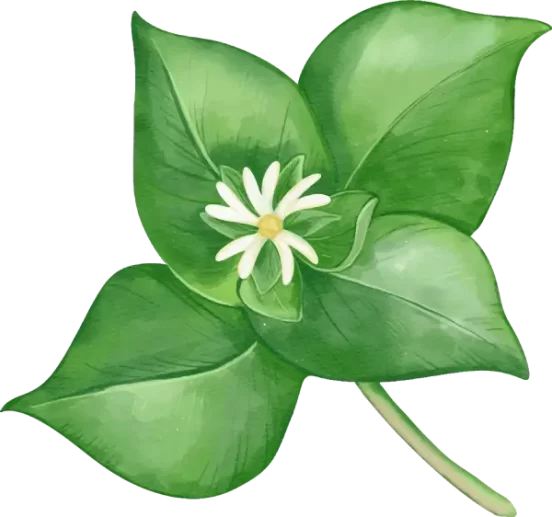
An annual weed that can grow up to 12 inches tall. It has small white flowers and leaves with scalloped edges. Chickweed spreads quickly, so it’s important to remove it as soon as possible. It prefers shady areas with moist soil, but can also tolerate dry conditions.
Family
FabaceaeOrder
FabalesKingdom
PlantaeSpecies
Trifolium repens L.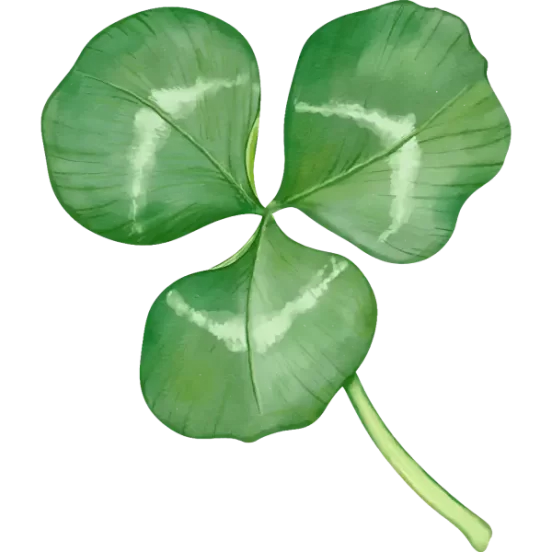
A perennial weed that will often re-grow from its roots if not properly controlled. Clover has three leaflets that spread out from one point on the stem and may have a white or pinkish flower in the center. It prefers humid conditions, but can tolerate most soil types and environments. Clover forms dense patches that can crowd out other turfgrass plants, reducing the lawn’s appearance and vigor.
Family
AsteraceaeOrder
AsteralesKingdom
PlantaeSpecies
Taraxacum officinale G.H. Weber ex Wiggers
One of the most recognizable weeds, because of its bright yellow flowers with jagged petals and its round head filled with downy seeds when in bloom. Dandelions spread rapidly through their seed heads, making them very hard to control. To get rid of dandelions effectively, they must be dug up at the root with special tools or pulled by hand before they have a chance to form seeds.
Family
LamiaceaeOrder
LamialesKingdom
PlantaeSpecies
Glechoma hederacea L.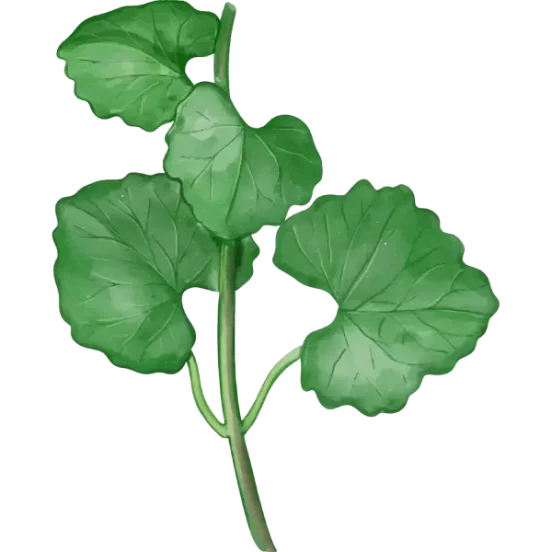
A creeping weed similar in appearance to clover but with pointed leaves instead of round ones. Ground ivy forms mats over the ground thanks to its spreading stems, which often root at nodes along their length, allowing them to spread further around the lawn or garden bed each season if not properly controlled. The stems may produce small purple flowers.
Family
LamiaceaeOrder
LamialesKingdom
PlantaeSpecies
Lamium amplexicaule L.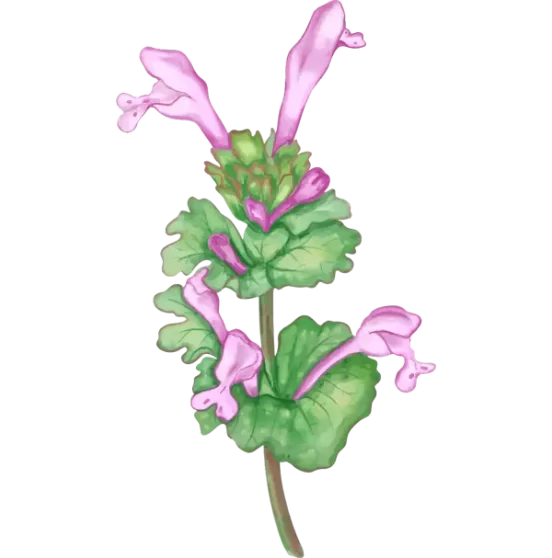
An annual weed similar in appearance to dead-nettle, but without spots on its leaves or stem hairs along its length. Henbit is primarily identified by its square stem shape and bright purplish-pink flowers that appear at each leaf node in spring before forming into seed heads later on in summer if left alone. Henbit prefers warm climates above all else, though it will still thrive during cold winters if given enough moisture.
Family
FabaceaeOrder
FabalesKingdom
PlantaeSpecies
Lespedeza X acuticarpa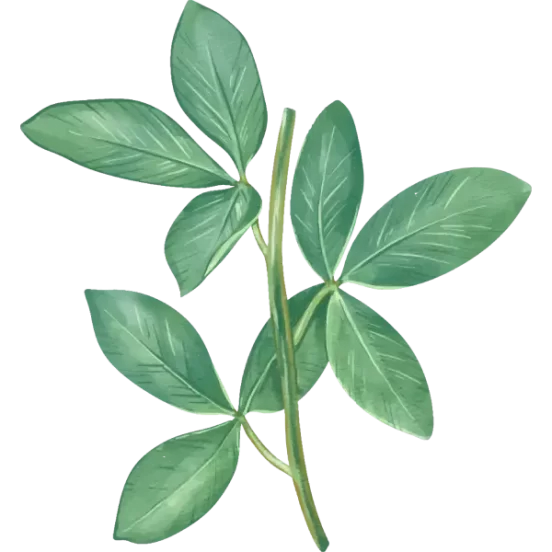
A fast-growing annual weed many consider an invasive species. It has slender stems topped with tiny clusters of white flowers followed by bean-like seed pods after blooming has finished. Lespedeza spreads quickly through both windblown seeds and underground rhizomes connected between plants – making control efforts especially important!
Family
OxalidaceaeOrder
OxalidalesKingdom
PlantaeSpecies
Oxalis debilis Kunth
Looks quite similar to clover from afar, although closer inspection shows distinct differences. Wood Sorrel typically grows only 6 inches tall while sporting three heart-shaped leaflets per node that close up during nighttime hours. This weed loves shade more than anything else – so limiting sunlight exposure is the best prevention.
Family
PlantaginaceaeOrder
PlantaginalesKingdom
PlantaeSpecies
Plantago major L.
Appearing as low-growing rosettes with slim tap roots below-ground that are connected together to form thick mats. Plantain leaves may look smooth upon first glance, but have numerous veins that contain sap. The sap is an irritant to human skin because it contains chemicals, like triterpenoid saponins.
Family
RosaceaeOrder
RosalesKingdom
PlantaeSpecies
Fragaria virginiana Duchesne
Not just delicious edible treats – they’re also a type of weed! Many homeowners find themselves surprised at how quickly these delicious beauties manage to take over entire lawns. Luckily, their relatively shallow rooting depth prevents them from competing against larger established vegetation (i.e., trees/shrubs, etc.).
Family
CaryophyllaceaeOrder
CaryophyllalesKingdom
PlantaeSpecies
S. media
An annual summer weed that grows close to the ground and will spread quickly if not kept in check. Spurge often grows in clumps and tends to take root on concrete areas such as driveways or walkways.
Family
ViolaceaeOrder
MalpighialesKingdom
PlantaeSpecies
Viola sororia Willd.
These small, low-growing plants have heart-shaped leaves and produce small purple flowers from late spring through summer. They reproduce by seeds or underground runners, which spread rapidly and make it difficult to get rid of them once established. As pretty as they may be, violets grow vigorously and crowd out other desirable plants like grasses or flowers.
Family
AmaryllidaceaeOrder
AsparagalesKingdom
PlantaeSpecies
Allium aaseae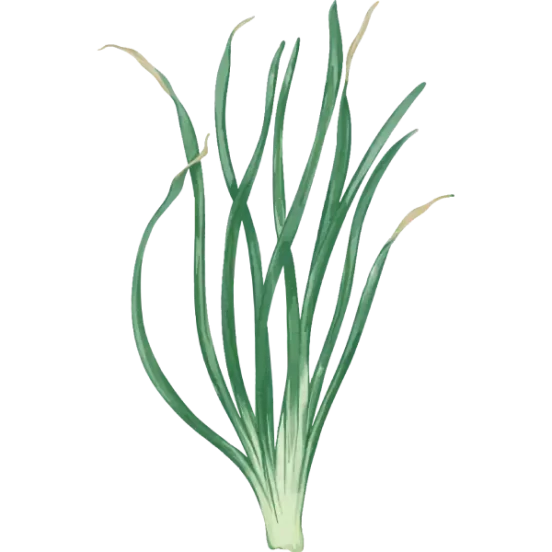
Perennials that have thin, tubular leaves that look similar to grass and usually appear in large patches throughout a lawn or garden beds. Wild onions/garlic can spread aggressively via running rootstocks, so it’s important to catch them early before they take hold. The telltale sign that you’re dealing with wild onion/garlic is the strong odor that will help you distinguish between these weeds and other similar-looking species, like chamomile or dandelion.